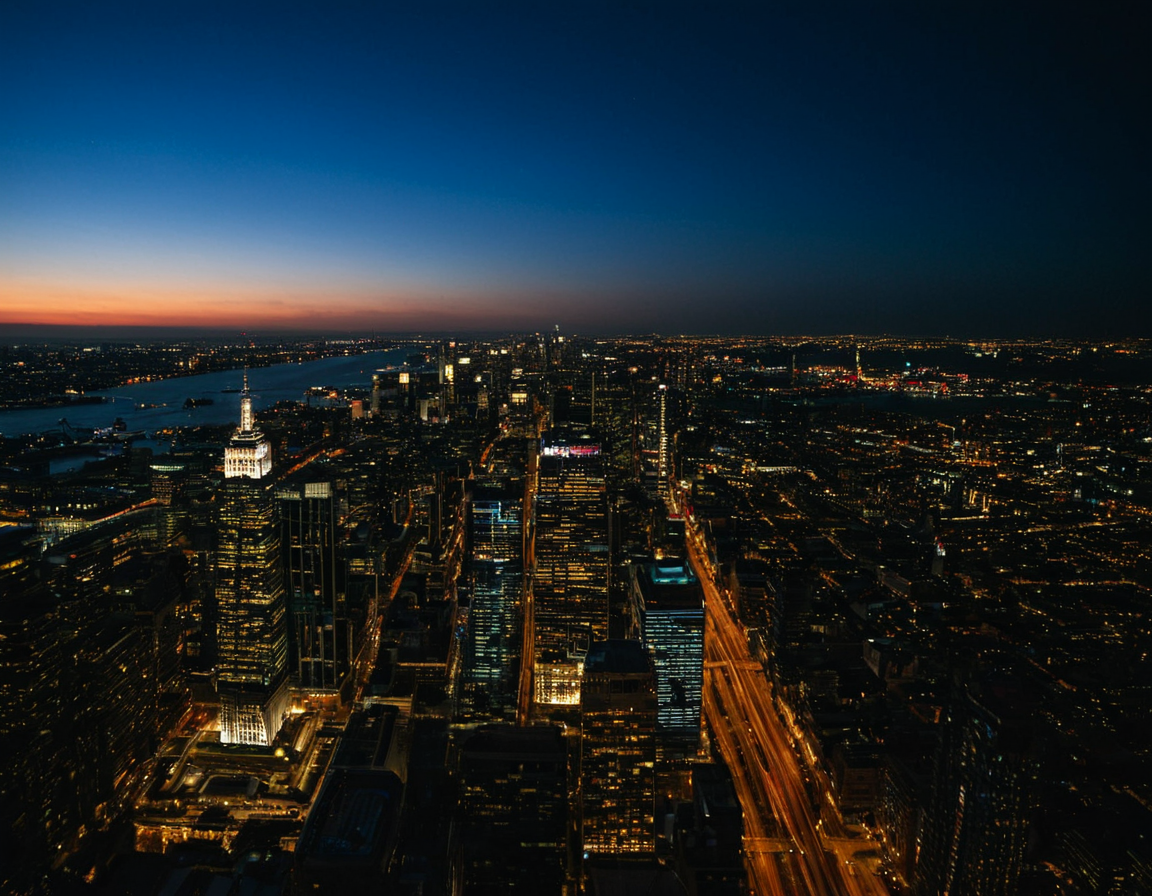Low Light Photography Tips - Capture Brighter Shots

Introduction to Low Light Photography: Mastering the Art of Capturing Exceptional Images
Low light photography can be a challenging and intimidating subject, especially for those new to the craft. However, with the right techniques, equipment, and mindset, it’s possible to capture stunning images that showcase your artistic vision. In this article, we’ll delve into the world of low light photography, exploring tips, tricks, and best practices to help you improve your skills.
Understanding Low Light Photography
Low light photography refers to the process of capturing images in conditions where there is limited available light. This can include indoor shoots, nighttime scenes, or any situation where natural light is scarce. The challenges associated with low light photography are numerous, from camera shake and noise to subject movement and lack of depth.
Key Considerations
Before we dive into the nitty-gritty of low light photography, it’s essential to consider a few key factors:
- Equipment: While you can’t replace good camera skills with better equipment, there are some tools that can help. Look for cameras with improved low-light performance, lenses with wide apertures, and external flash units.
- Location: When possible, shoot in well-lit areas to avoid the challenges of low light photography altogether. However, if you’re working under constraints, focus on finding ways to adapt.
- Subject Movement: One of the most significant challenges in low light photography is managing subject movement. Be prepared to adjust your composition and shooting style to accommodate this.
Setting Up for Success
Before you start taking shots, make sure you have a solid foundation in place:
Pre-Shoot Planning
- Research: Familiarize yourself with the location, lighting conditions, and any potential hazards.
- Equipment Check: Ensure all your gear is in working order and suitable for low light photography.
- Model Briefing: If applicable, brief your model on what to expect during the shoot.
Capturing Exceptional Images
Now that you’re prepared, it’s time to focus on capturing exceptional images:
Understanding Your Camera
- Manual Mode: Switch to manual mode and adjust settings like ISO, shutter speed, and aperture to suit the lighting conditions.
- Noise Reduction: Be aware of noise reduction techniques, such as long exposures or image processing software.
Composition and Directing
- Experiment with Angles: Don’t be afraid to get creative with your composition. Experiment with different angles and perspectives to add depth to your images.
- Directing Your Model: If applicable, focus on directing your model rather than just capturing their likeness.
Post-Production and Editing
While the initial capture is crucial, post-production and editing play a significant role in enhancing your final product:
Image Processing Software
- Choose Wisely: Select software that suits your needs and skill level. Some popular options include Adobe Lightroom and Photoshop.
- Basic Adjustments: Start with basic adjustments like exposure, contrast, and color correction.
Conclusion and Final Thoughts
Low light photography is an art form that requires patience, practice, and dedication. By following these tips, you’ll be well on your way to capturing exceptional images that showcase your artistic vision. Remember, the most critical aspect of low light photography is understanding the challenges and limitations involved. Approach each shoot with a clear mind, a solid plan, and a willingness to adapt.
**What’s your favorite low-light photography technique? Share it with us in the comments below!
About Emily Williams
As a seasoned photographer and educator, I help creative minds unlock their potential on lentecreativa.com. With a focus on real-world tips & techniques, I inspire photographers to push boundaries & tell stories that matter.
